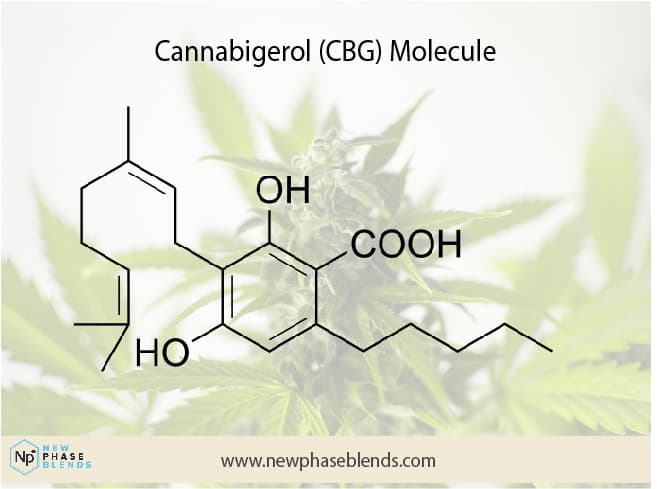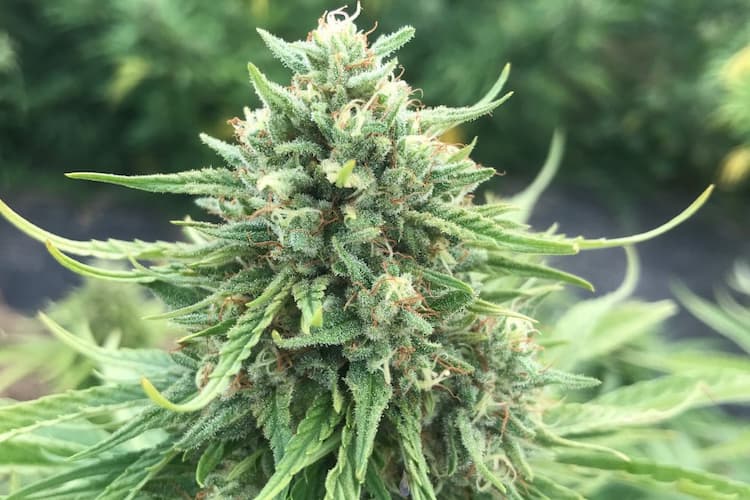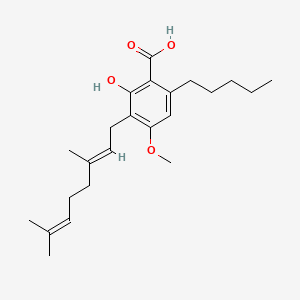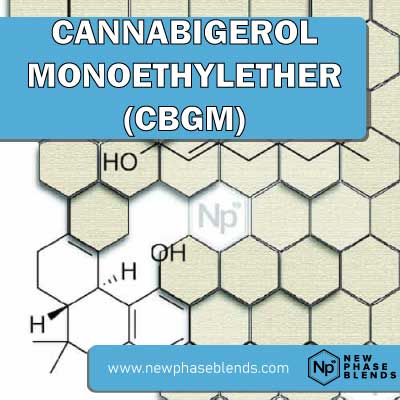The benefit of cannabis to the human body goes far beyond just enjoying a night out with friends by the lakeside while enjoying some munchies. We now know that cannabis contains over 100 different cannabinoids, some of them in lesser quantities than others. One of the lesser occurring cannabinoids is known as Cannabigerovarin, or simply CBGV.
What is Cannabigerovarin (CBGV)?
Cannabinoids, like THC and CBD, are typically the most well-known when we talk about the plant chemicals within cannabis. There are over 100 others, though. Another (almost unheard of) cannabinoid is cannabigerovarin, also known as CBGV. CBGV is an acid that is a derivative of CBG – “the mother of all cannabinoids”.
Both THC and CBD also originate from CBG, and without it, the cannabis plant simply wouldn’t exist – at all.
It is important to note that CBGV does not produce any intoxicating effects. These intoxicating effects are associated with THC, and derivatives of THC. This is the main reason that all other cannabinoids, besides THC, have been removed from the controlled substances list. There is no point in controlling natural substances that have no ability to cause intoxicating or euphoric effects.
Cannabigerol was discovered by Yehiel Gaoni and Raphael Mechoulam in the year 1964 as a non-psychoactive member of the cannabinoid family.
The compound was isolated by the researchers from Hashish, a resin that was developed from an active flowering marijuana plant.
CBGV is derived from CBG – just like any other cannabinoid. CBGV becomes activated once heated. This process is known as decarboxylation, and it’s quite common in the manufacturing of hemp and marijuana products.
The application of heat and light can convert CBGV to CBD. There are even suggestions that the relationship between CBGV and CBD is similar to that of THCV and THC.
How Does CBGV Work?
There is relatively little known about CBGV, and available research is very limited. There are good indicators that other cannabinoids have medical potentials, and for this reason scientists are extensively looking into every single cannabinoid to explore their therapeutic effects.
The most evident feature of CBGV is its interaction with the CB1 receptors of the peripheral and central nervous systems. These receptors make up the endocannabinoid system.
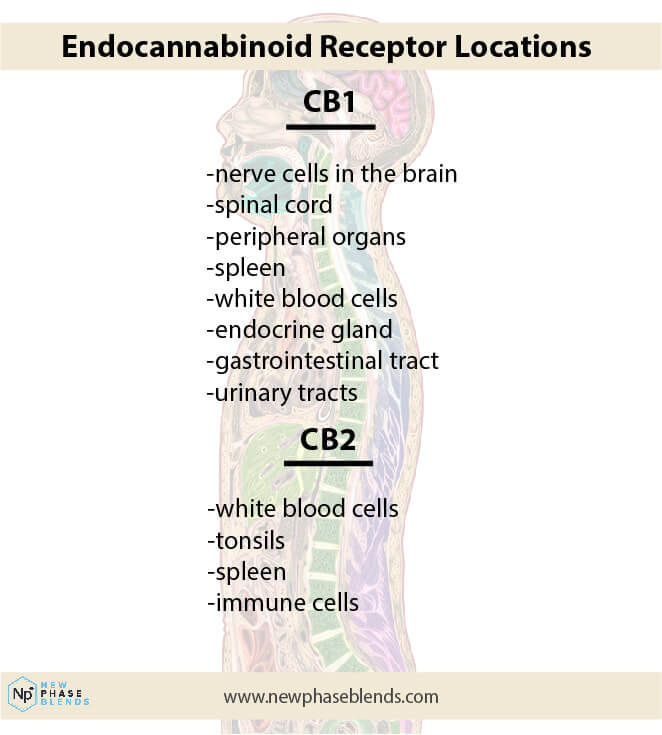
The effects get more interesting from here. CBGV seems to help in the metabolism of cannabidiol (CBD). It can also help dampen the effect of THC on CB receptors within the endocannabinoid system. CBGV is seen as a stimulant for other cannabis cannabinoids to help them interact more efficiently with different receptors.
Possible Therapeutic Effects of CBGV
Looking at the way CBGV works in the body, we can say it might actually enhance the effects of other cannabinoids. There are some schools of thought that believe CBGV enhances the benefits of medical marijuana, too.
Here are some different areas that CBGV may help people, therapeutically.
Skin Disease
While other cannabinoids are known for their anti-inflammatory benefits, CBGV according to a procedure carried out through non-psychotropic medication is said to be able to treat acne.
Related: CBD for the Skin
Eye Diseases
CBG is known for its effects in draining aqueous fluid in the eye. Used in combination with CBGV helps in relieving painful intraocular pressure. This is made possible because of the anti-inflammatory and antibacterial methods of action that CBGV and CBG share.
Cancer Mitigation
A study carried out at the University of St. George’s London on the use of non-psychoactive for the treatment of cancer. It was reported that the combination of CBG and CBGV showed shrinkage in cancerous cells and prevented the development of metastases. CBGV caused a halt in all phases of the cell cycle.
Related: Does CBD Aid in Cancer Treatment?
Interesting Facts About Cannabigerovarin
- The application of heat and light can convert CBGV to CBD.
- Synonyms: CBGV
- Formal name: 2-[(2E)-3,7-
dimethyl-2,6- octadien-1- yl]-5-propyl- 1,3-benzenedi ol - Molecular formula: C19H28O2
- Molecular weight: 288.4
References
Oláh A, Markovics A, Szabó-Papp J, et al. Differential effectiveness of selected non-psychotropic phytocannabinoids on human sebocyte functions implicates their introduction in dry/seborrhoeic skin and acne treatment. 2016;25(9):701-707. doi:10.1111/exd.13042
Nadolska K, Goś R. Mozliwości zastosowania kannabinoidów w leczeniu jaskry [Possibilities of applying cannabinoids’ in the treatment of glaucoma]. Klin Oczna. 2008;110(7-9):314-7. Polish. PMID: 19112869.
Katherine Ann Scott, Sini Shah, Angus George Dalgleish And Wai Man Liu. Enhancing the Activity of Cannabidiol and Other Cannabinoids In Vitro Through Modifications to Drug Combinations and Treatment Schedules. Anticancer Research, October 2013
Back to List of Cannabinoids



